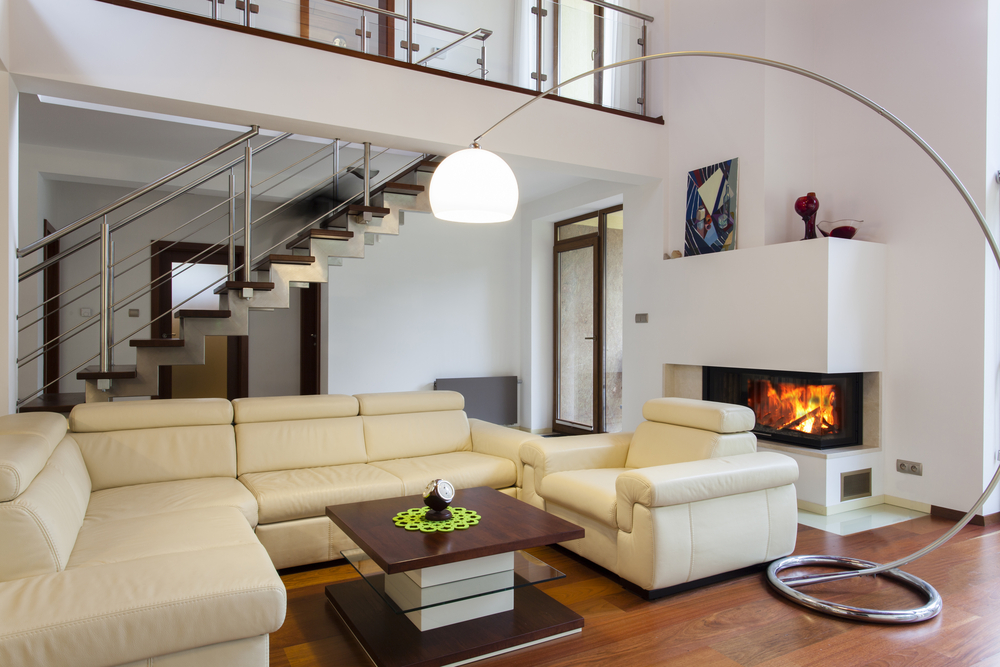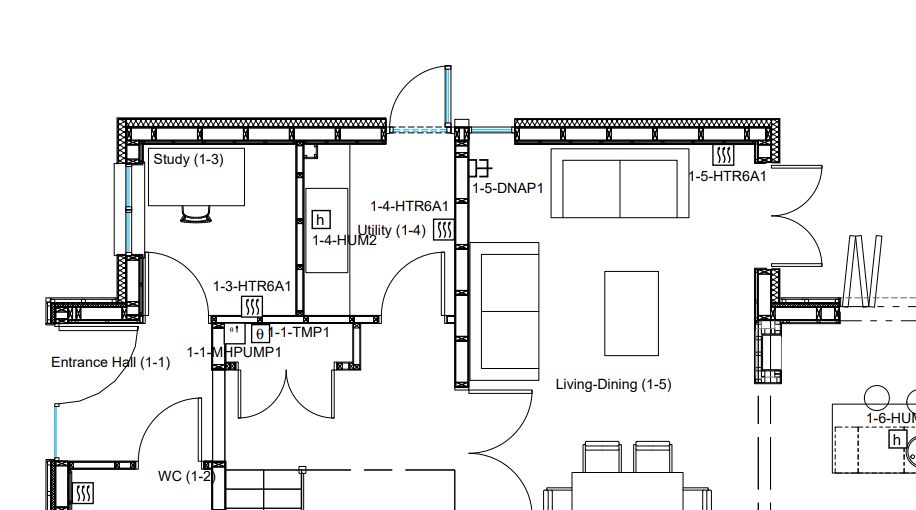
Case study - McCarthy Stone mechanical services strategy consultancy
ventilation
case study
Air-source heat pump
Net zero
Direct electric heating
SAP
consultancy
PHPP
modelling
The client
McCarthy Stone is the UK’s leading developer and manager of retirement communities.
The problem
McCarthy Stone wanted to investigate options for how to develop their existing all electric building servicing strategy for future developments. There were imminent changes due to be made to the UK building regulations which will affect use of energy, overheating and the introduction of SAP10. The client was looking for mechanical services solutions in dwellings with high performance fabric which aim to balance capital expenditure with ongoing operational costs and carbon dioxide emissions.
The Atamate solution
Atamate undertook energy modelling of a number of possible servicing options to inform a final mechanical systems strategy. A beta version of the SAP10 methodology was used to check the compliance of each design combination with the incoming building regulations.
There is often a ‘performance gap’ between the energy consumption predicted by SAP and reality. The PassivHaus Planning Package (PHPP) was therefore used to further investigate energy use as this is often considered to have a more accurate approach for estimating operational energy use. The output from this provided the client with information about operational carbon emissions and running cost.
The combination of these modelling approaches enabled a robust assessment, giving a rounded picture of how the services options would perform. We worked iteratively with the client in order to provide a fuller understanding of the design proposals and their place in the future regulatory context.
The result
The key conclusions of this study
- It is generally feasible to achieve compliance with the SAP 10 beta using the ‘Atamate Pattern book’ mechanical services design; summarised as occupancy based, demand control direct electric heating and ventilation with an exhaust air heat pump providing extract ventilation and hot water.
- The Atamate mechanical services design scores higher the better the fabric specification is. This is because in well insulated dwellings not only does the total energy demand go down, a higher proportion of it is used for domestic hot water (DHW) and may even dominate..
- The modern fabric specifications that have good u-values but lower thermal mass may pose greater risk of overheating which is due to become a regulatory concern.
- Using PHPP illustrates the importance of controls to ensure that bills are minimised when using electric space heating and that ventilation is controlled according to air quality
- It was shown that the lowest predicted energy consumption was for a service strategy using MVHR for ventilation, electric space heating and a DHW water cylinder with integral air source heat pump. However, it is likely that this option represents the highest capital cost.
- The Atamate Pattern book design was the next best performance.
- The advantage of this system is that it is simpler to install and as such should result in lower capital costs.
- Occupancy based heating control could be added to any of the other strategies investigated in order to further reduce heating consumption, although that was not expressly considered in this study.
At a glance
| Location | UK |
| Project description | Mechanical services strategy for future flats |
| Consultancy services |
Energy modelling Future proof compliance analysis (draft SAP10) Passiv Hause Planning Package (PHPP) Review of mechanical strategies Decision focused digest of results |
| atBOS data products |
Analysis Metering Alerts |
| Mechanical systems
|
Direct electrical heating Direct electrical heaters with advanced control Air source heat pump (ASHP) Mechanical extract ventilation (MEV) Mechanical ventilation with heat recovery (MVHR) Demand controlled ventilation (DCV) Exhaust-air heat pump (EAHP) |
For more information about our Consultancy services please follow this link, or get in touch below or on info@atamate.com

